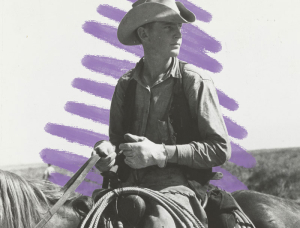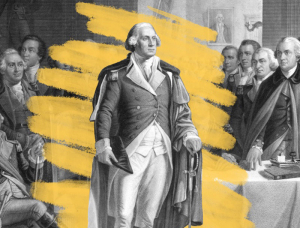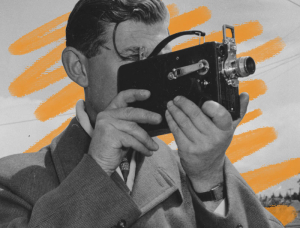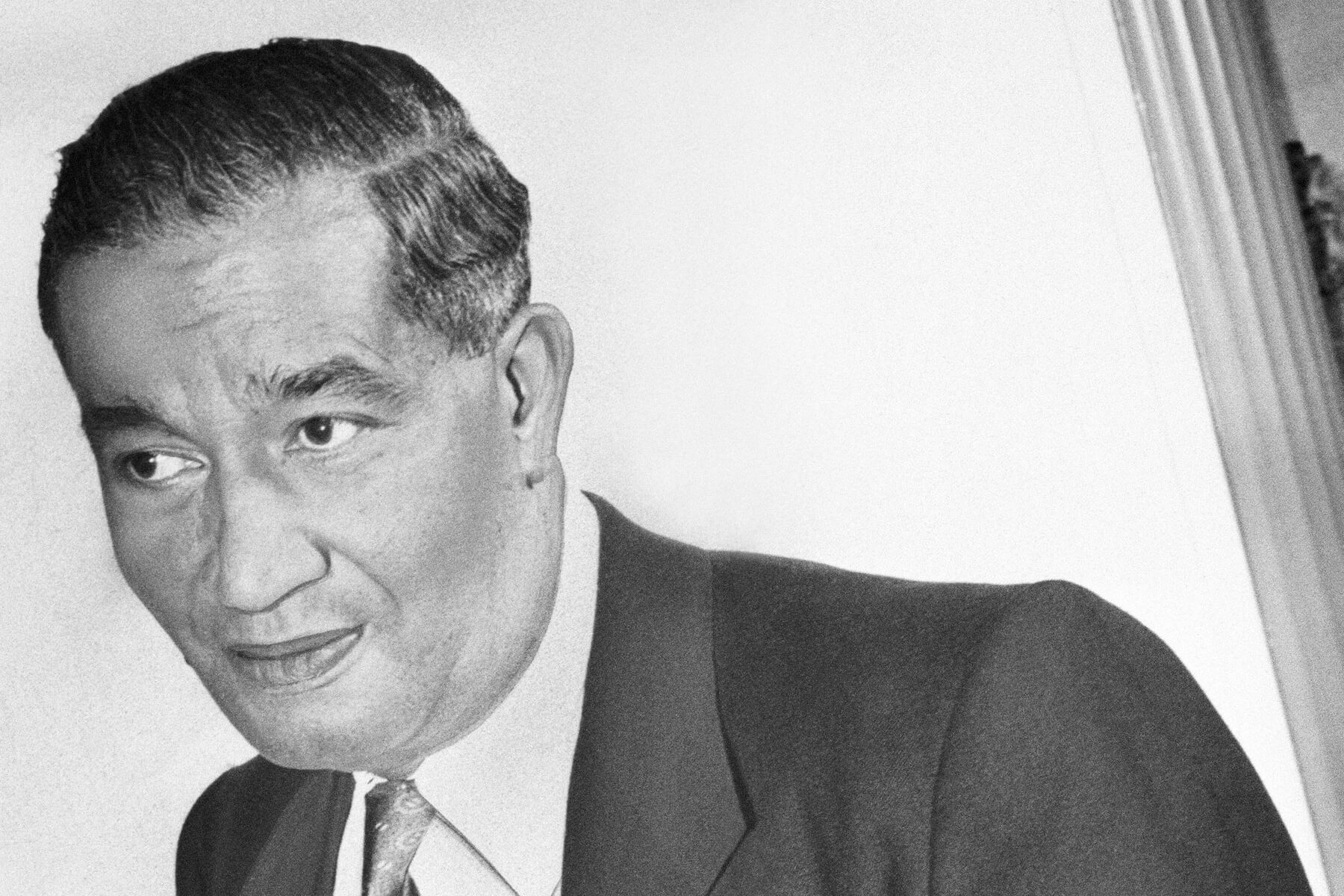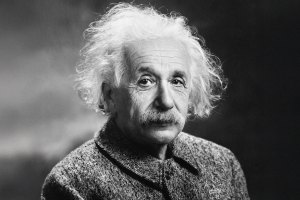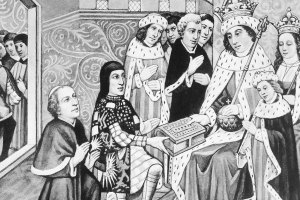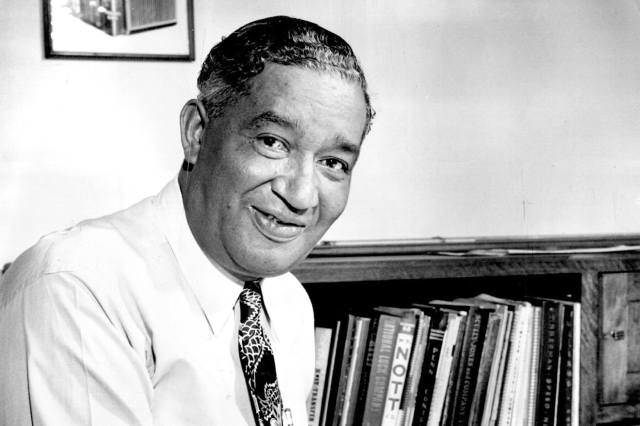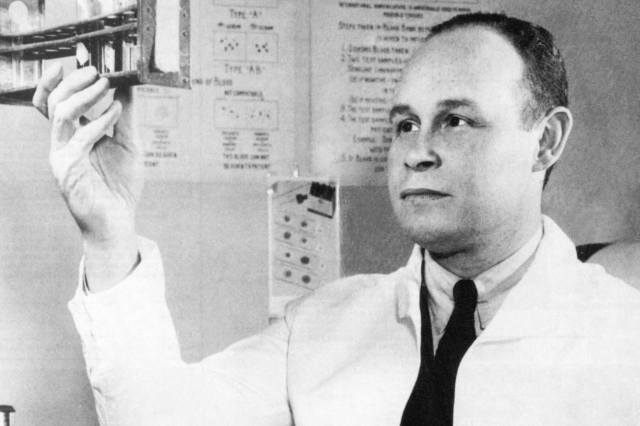The Untold Stories of 5 Influential Black Inventors
For much of American history, Black inventors have faced significant barriers; in many cases, these innovators were unable to patent their inventions or saw their achievements credited to others. Until the abolishment of slavery in 1865, the U.S. patent system was not even available to enslaved people, as they were not considered American citizens. And even after slavery was abolished, numerous barriers remained due to racial discrimination.
Take, for instance, the case of Ellen Eglin, an African American domestic servant and resident of Washington, D.C., who invented an improved clothes wringer. In 1888, she decided to sell her invention for $18 rather than file a potentially lucrative patent for it. In an interview with the The Woman Inventor she said, “You know I am Black and if it was known that a Negro woman patented the invention, white ladies would not buy the wringer.”
Despite these obstacles, many Black inventors have made remarkable contributions to science, technology, and everyday life, shaping our modern world in profound ways. Here are five Black inventors whose stories deserve more attention.
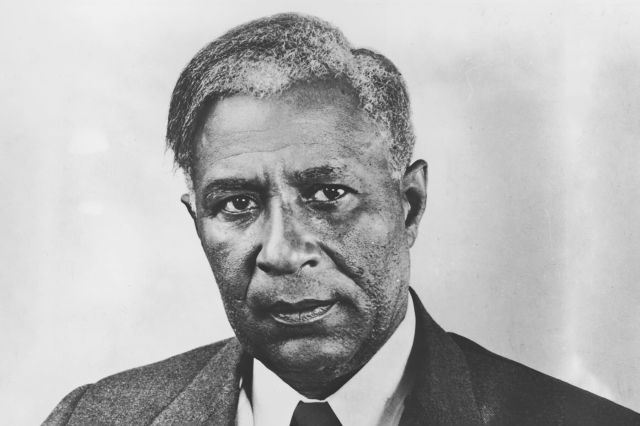
Garrett Morgan
Garrett Morgan helped pave the way for Black inventors, most notably with two inventions that saved countless lives. In 1911, after hearing of a factory fire that killed 146 garment workers, he set to work on a new type of safety hood for firefighters that would allow them to breathe more easily in smoke-filled environments. He patented the design in 1914, and the hood was soon bought by some 500 cities in the northern United States, as well as the U.S. Navy and U.S. Army for use in World War I.
In 1916, Morgan used the hood himself to help rescue workers in a collapsed tunnel under Lake Erie — although most of the credit was initially given to white men who entered the tunnel after Morgan. Later, the inventor witnessed a terrible collision between a horse-drawn buggy and a car at a busy Ohio intersection. The incident inspired him to create a manually operated T-shaped traffic signal with movable arms that directed traffic to stop, go, or stop in all directions — a precursor to modern traffic lights. He patented the design in 1923 and sold it to General Motors for $40,000, equivalent to more than $700,000 today.
You may also like
Recommendations For You
-
01.
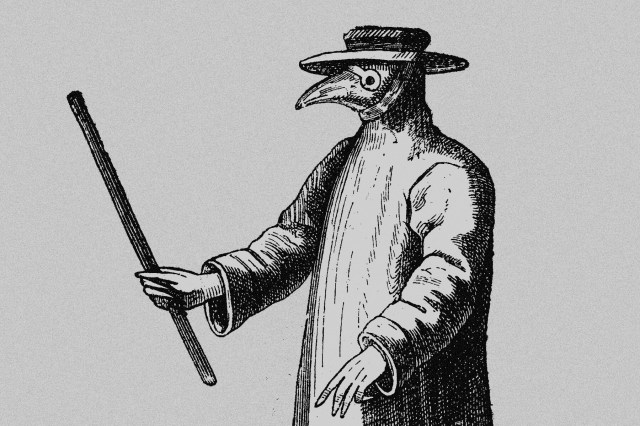 Science & Industry
Science & IndustryWhy Did Doctors Wear Beak Masks During the Bubonic Plague?
-
02.
 Science & Industry
Science & Industry5 Inventions That Came Out of the Great Depression
-
03.
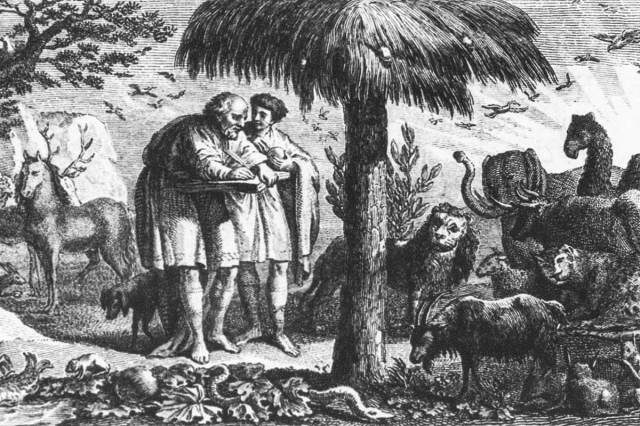 Science & Industry
Science & Industry6 Amazing Breakthroughs Made by the Ancient Greeks
-
04.
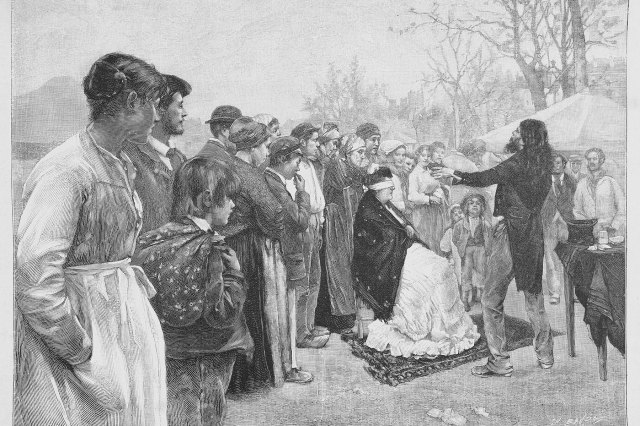 Science & Industry
Science & Industry6 Shocking ‘Scientific’ Beliefs From Victorian England
